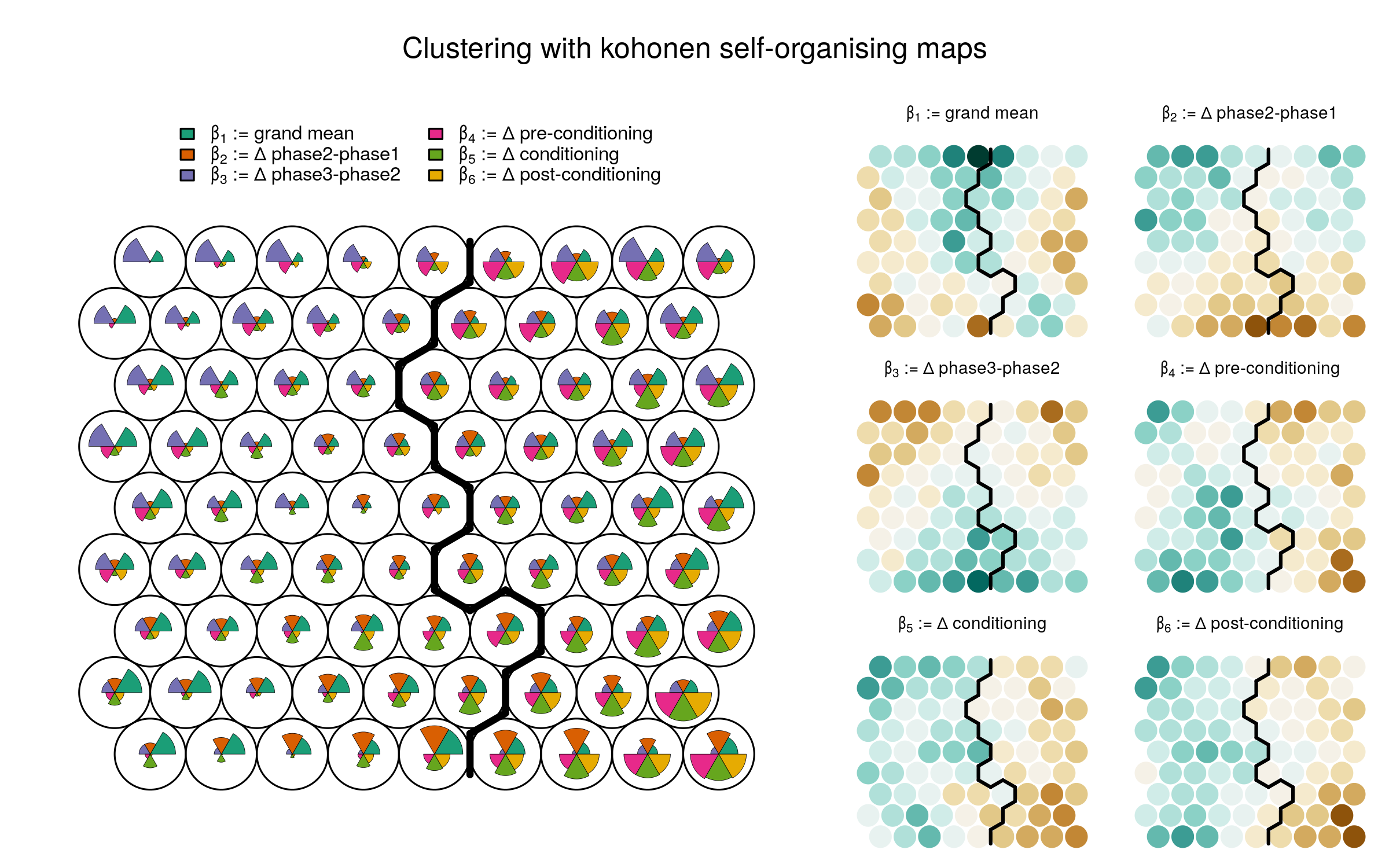Some of my past (or ongoing) research projects…

Emotional learning and episodic memory organisation
Are there individual differences in how people organise their episodic memories due to emotional learning? Spoiler: yes, there are 😄
Some of my past (or ongoing) research projects…

Are there individual differences in how people organise their episodic memories due to emotional learning? Spoiler: yes, there are 😄

Imagine you frequently walk past a particular house with a fenced yard and a barking dog inside. You hardly pay attention to the house or the fence—they’re just part of your daily routine. One day, however, you surprisingly encounter the aggressive dog on a street nearby, and barking furiously it attacks you. Next time, would you walk past your standard route by the fence again? If not, at what point would you decide to change your route?

Imagine a child going to a dentist. Typically, the visit follows a predictable sequence of events: checking in at reception, waiting to be called, reporting any discomfort to the specialist, and undergoing a medical procedure, such as a tooth filling, which is sometimes associated with pain. A similar sequence of events occurs when visiting an otolaryngologist (ENT), for example, for ear cleaning. Would the child start to worry while sitting in the waiting room of the ENT? Would they feel nervous when seeing the ENT doctor just minutes before the procedure?

Past aversive experiences teach us what may pose a threat to our well-being. However, detecting threats often entails exposure to potentially harmful situations – risks that could be minimized if individuals could predict encountering threats ahead of time. How do individuals come to identify signals that indicate the risk of harm before the threat is actually present?

Recognising dangerous situations is crucial for regulating defensive behaviours that are tailored to the imminence of potential harm. Past life-threatening situations that have been overcome teach us about what might pose a risk of harm in the future. However, when learned or similar threats are not immediately perceptible in the current environment, the risk of harm, even if remote, may still exist. In such cases, it must be inferred rather than directly derived from a past aversive experience. How do individuals assess risk in such circumstances?

Exploring spatio-temporal dynamics of fMRI signal in response to acquired threats.

Designing immersive virtual reality to study behavioural response to threats in an unpredictable environment.